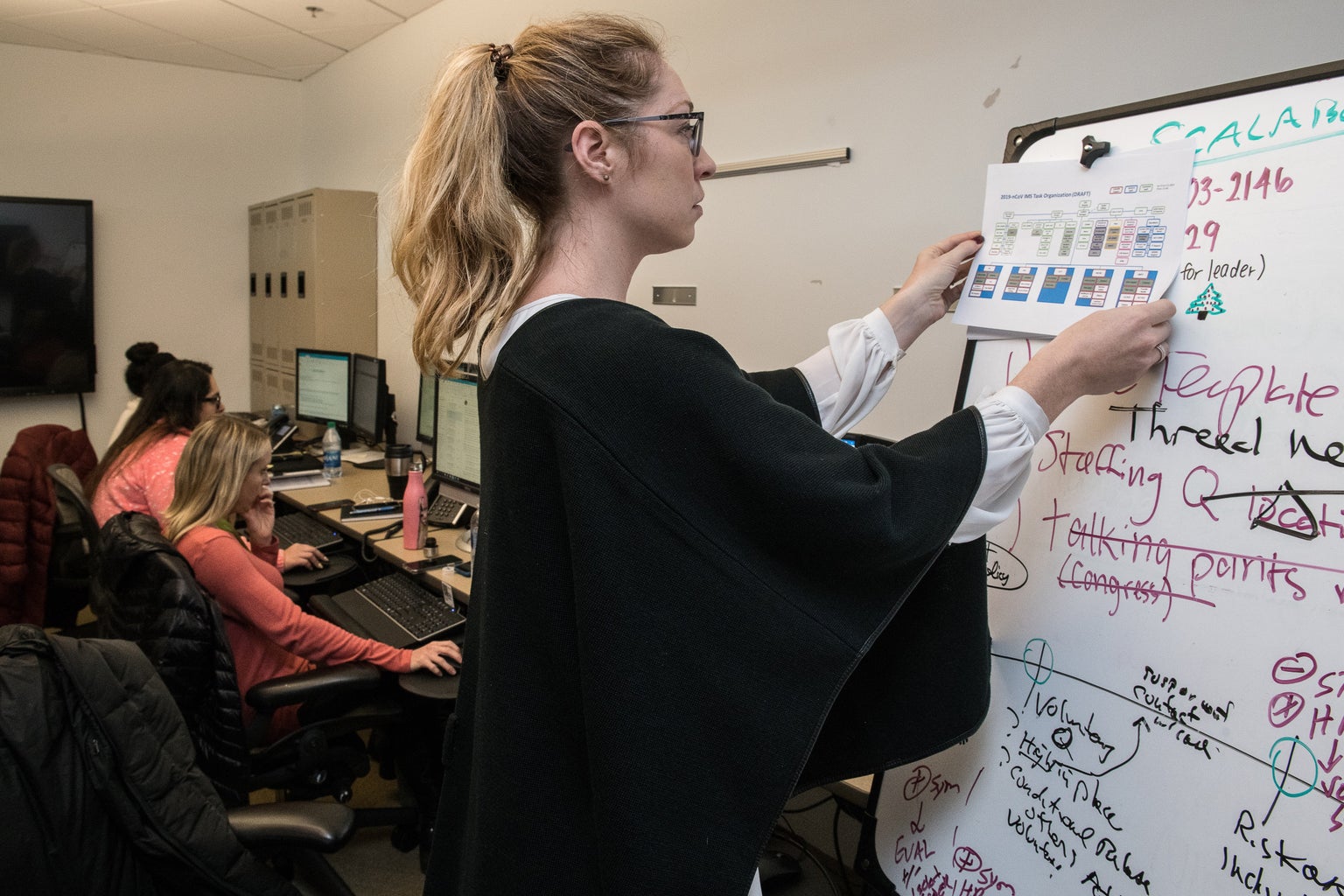As I write this article, I am also studying for my first three midterms coming up this week. I remember scrambling to find the perfect study method that worked for me during my first year of college and turning to study methods I had previously used in high school only to find that they no longer worked for me. Since then, I have learned different study techniques that have really helped me in the classes that I think are the hardest to study for: STEM classes. Now that classes are no longer remote, we have to put in 110% in order to succeed. Hopefully, these tips will help!
- Method 1: Don’t Study Where You Sleep
-
This study method might seem obvious, but it is actually one of the most effective ways to focus. My therapist once told me about the term “sleep hygiene,” which means having a bedroom environment and daily routine that promotes healthy and uninterrupted sleep. While at home you might be able to study outside of your bedroom while still remaining in your house, this is quite hard to do in college. By studying in the same room in which you sleep, you are creating an environment of stress, which will ultimately interrupt your sleep and your studying. Instead, study in a lounge in your dorm building, a library, a cafe, or your friend’s apartment. There are so many great places to study on your college campus — don’t take them for granted!
- Method 2: Red Leather, Yellow Leather
-
Much like the popular vocal warmup, color-coding your notes –– specifically using warm colors like red and yellow –– has been proven to improve memory performance in a recent study. I have always used red pen and yellow highlighters to organize my notes and study guides without realizing it has actually been proven to be an effective study habit. The key to color-coding is writing down key points in red and highlighting important information in yellow. However, don’t go overboard and color-code everything, because that will defeat the purpose. Instead, color-code only the most important information in your notes or text.
- Method 3: Study Guide or Die
-
My ride-or-die study method is making a study guide. Oftentimes your professor will provide you with a list of topics to know for your upcoming exam or quiz, and these should never be overlooked. The minute I receive this list, I go through all my notes and PowerPoint presentations from class and extract any information related to one of the topics on the list. I also provide myself with some example problems related to the topic, so that I can apply the concept to a problem. I repeat this step for the rest of the topics on my list and read through my study guide to ensure I understand everything on it. If your professor does not provide a list of topics, I generally use the chapters of the course textbook to guide my own list, or I use each lecture’s notes as its own topic on my list of topics to study. However, it is important to note that these study guides should be handwritten, either in a notebook, on looseleaf paper, or on an iPad — as long as it is handwritten, you should have an easier time retaining information.
- Method 4: Practice Makes Perfect
-
Another seemingly obvious study method that is oftentimes overlooked. While glancing at a problem and saying to yourself “oh, I know how to answer that” might be true, you can never prove that is correct until you actually complete the problem. Additionally, it is important to constantly be doing practice problems. Doing practice problems only the night before a test is going to be counterintuitive and only confuse you more if you do not already have a grasp of the material. Instead, after each lecture, try some practice problems that either your professor or textbook provides that relate to what you had just learned. Even if you do not have a test coming up, it is important to do practice problems to ensure that you understand the topics being studied in class.
- Method 5: When the Student Becomes the Master
-
One of the most favorable study methods is teaching other people. Not only is it satisfying to watch people understand a topic they had previously been struggling with, but it also highlights your own better understanding of the subject. Now that many COVID restrictions have been lifted, we can form in-person study groups, which are much more effective than ones over Zoom. You can take turns teaching your peers the topics you are most confident in, as well as having your own personal tutor helping you understand topics you are not as comfortable with. Additionally, you can also form a really great group of friends through studying together!
Unsplash I know the transition from “Zoom University” to in-person classes is challenging, but hopefully testing the waters with some new study methods will help set you up for success during your first semester of real college after over a year and a half of remote learning. Happy studying!
Want to keep up with HCBU? Make sure to like us on Facebook, follow us on Instagram, check out our Pinterest board, and read our latest Tweets!








